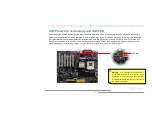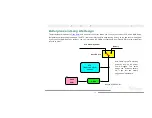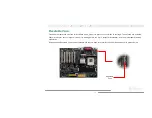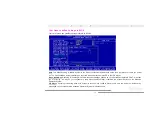
78
A
A
K
K
7
7
7
7
-
-
4
4
0
0
0
0
/
/
A
A
K
K
7
7
7
7
-
-
4
4
0
0
0
0
N
N
/
/
A
A
K
K
7
7
7
7
-
-
4
4
0
0
0
0
M
M
a
a
x
x
O
O
n
n
l
l
i
i
n
n
e
e
M
M
a
a
n
n
u
u
a
a
l
l
P
P
H
H
O
O
E
E
N
N
I
I
X
X
-
-
A
A
W
W
A
A
R
R
D
D
B
B
I
I
O
O
S
S
System parameters can be modified by going into
Setup menu, this menu allows you to configure the system parameters
and save the configuration into the 128 bytes CMOS area, (normally in the RTC chip or in the main chipset).
The Phoenix-Award BIOS™ that installed in the
of the motherboard is a custom version of an industry standard
BIOS. The BIOS provides critical low-level support for standard devices such as hard disk drives, serial and parallel ports.
Most BIOS setting of this motherboard had been optimized by AOpen’s R&D engineering team. But, the default setting of BIOS
still can’t fine-tune the chipset controlling entire system. Hence, the rest of this chapter is intended to guide you through the
process of configuring your system using setup.
Currently there are two kinds of beep sound when system fails to boot at POST. The first type of beep sound consists of a single
long beep and two short beeps, indicating a video error has failed BIOS from initializing video screen for displaying any
additional information. The 2
nd
type of beep sound is a single long beep that beeping repeatedly, signaling a DRAM error has
occurred. You may look over the indicated error according to different beep significances.
screen is shown on your monitor.
Note:
Because the BIOS code is the most often
changed part of the motherboard design, the BIOS
information contained in this manual may be
different with actual BIOS that come with your
motherboard.















































